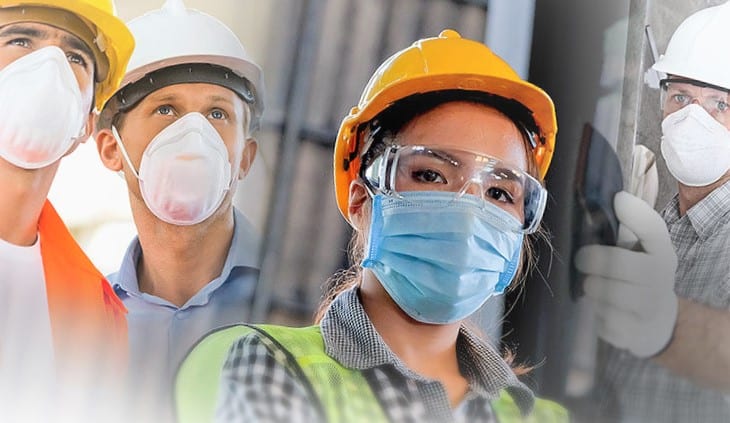
Are medical masks OK for industrial users?
With certified masks hard to find currently, some tradespeople have turned to using medical masks as a substitute.
Is this a safe practice?

With certified masks hard to find currently, some tradespeople have turned to using medical masks as a substitute.
Is this a safe practice?
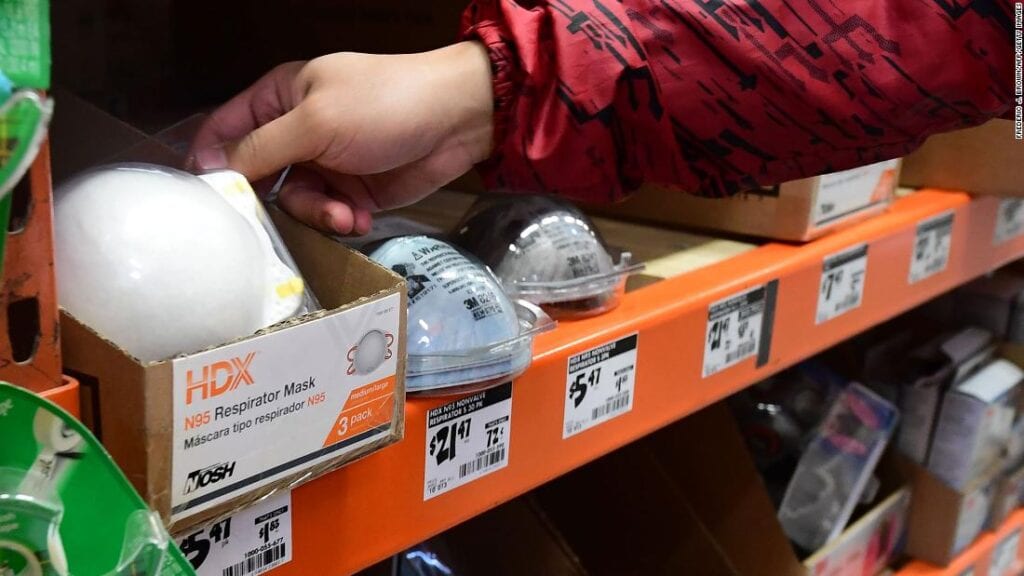
A surge in usage of disposable respirators and associated overseas publicity has led to customers inquiring about the American NIOSH standards. This post explains how they compare to our NZ standards and clarifies the difference between P1, P2 and P3 filtration.
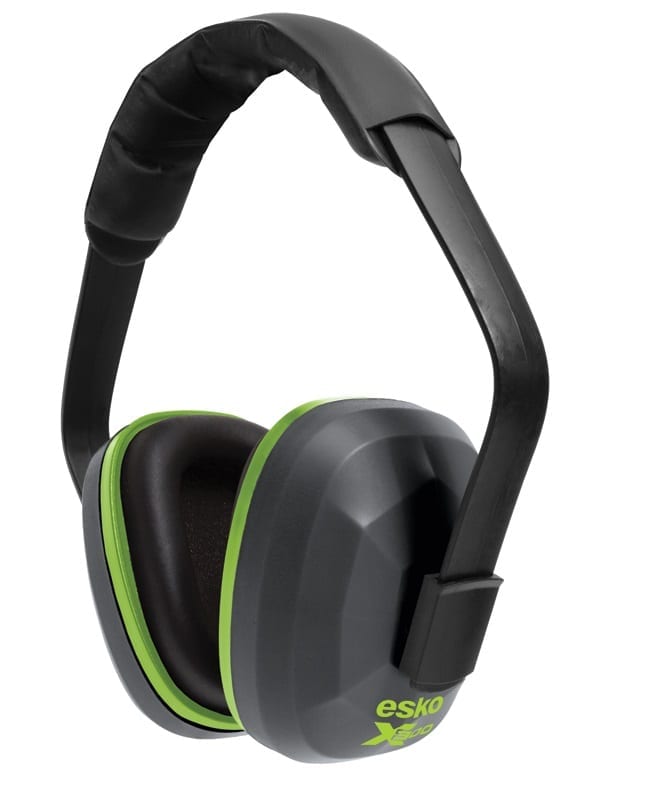
Noise Induced Hearing Loss (NIHL) is a big issue in New Zealand workplaces and poblems are not limited to big factories. This concise guide covers recommended ways to assess risk, manage noise and ensure you comply with the Code of Practice.
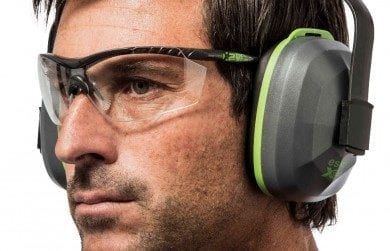
Some workers will offer objections to wearing hearing protection devices. Handling concerns appropriately will help you convince non-compliant staff members to observe your company’s OSH standards.
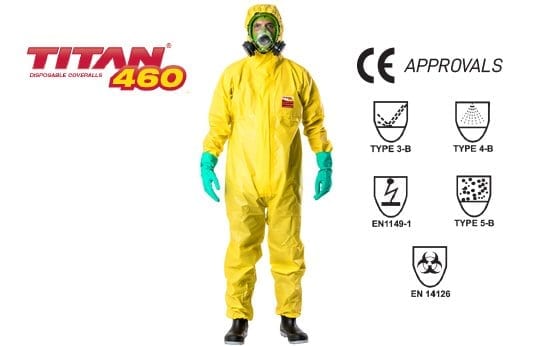
It’s important to follow recommended methods of putting on (donning) and taking off (doffing) protective coveralls. Decontamination professionals will already be familiar with the process, but here is a look at the procedure.
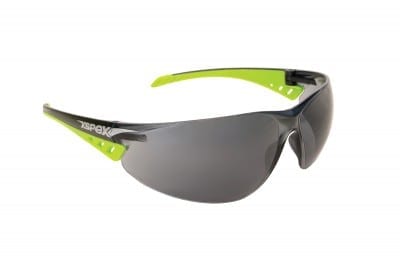
These days most workplaces aren’t overly risky. But you need to expect the unexpected, and eye hazards are more numerous than you might think.
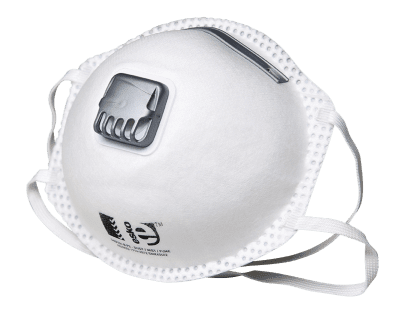
‘Handyman’ paper masks are cheap but they don’t comply with NZ safety standards. Popping down to the nearest hardware store may not give you the best solution for workers’ protective needs.